 I like to think I know a little something about birds, but even after years of study, I'm still discovering new information. I received a bookmark in the mail some weeks ago from the Cornell Lab of Ornithology which showed a picture of a Wood Thrush on one side and factoids about the bird on the other. From the bookmark:
I like to think I know a little something about birds, but even after years of study, I'm still discovering new information. I received a bookmark in the mail some weeks ago from the Cornell Lab of Ornithology which showed a picture of a Wood Thrush on one side and factoids about the bird on the other. From the bookmark:"Thrushes have a complicated syrinx (song box) that allows them to sing two notes at the same time and harmonize with their own voice."
From the website, pertaining to all birds, not just thrushes:
"All calls and songs come from the syrinx, a unique organ in the bird's body cavity at the division of the trachea and bronchi. The elaborate syringeal muscles enhance the frequency of their songs. The syrinx consists of two independent halves that can produce two different sounds at the same time."
 In Greek mythology, Syrinx was a nymph and a follower of Artemis, well known for her chastity. She unfortunately encountered the randy Pan whilst on a hunt and rather than submit to his attentions, cried out to her water nymph friends who turned her into a clump of reeds. Not one to waste an opportunity, Pan harvested the reeds and made a musical instrument, known today as panpipes or the syrinx.
In Greek mythology, Syrinx was a nymph and a follower of Artemis, well known for her chastity. She unfortunately encountered the randy Pan whilst on a hunt and rather than submit to his attentions, cried out to her water nymph friends who turned her into a clump of reeds. Not one to waste an opportunity, Pan harvested the reeds and made a musical instrument, known today as panpipes or the syrinx.Wood Thrush photo by Badjoby on Flickr.
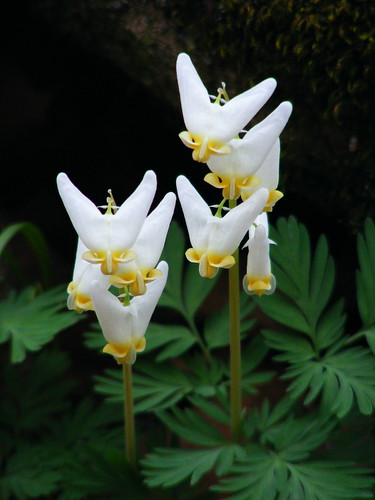

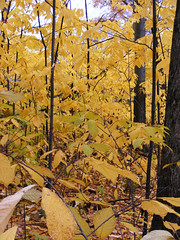
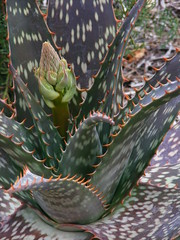
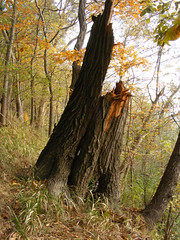
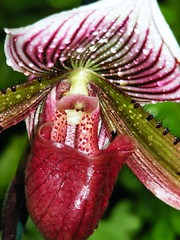


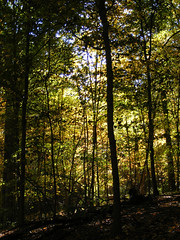
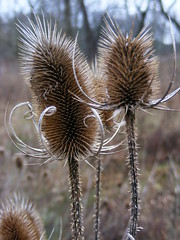
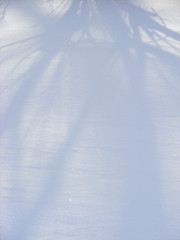
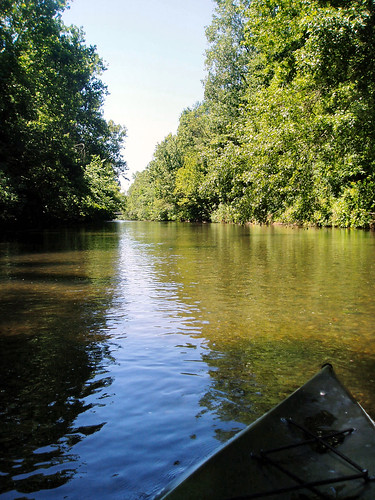
No comments:
Post a Comment